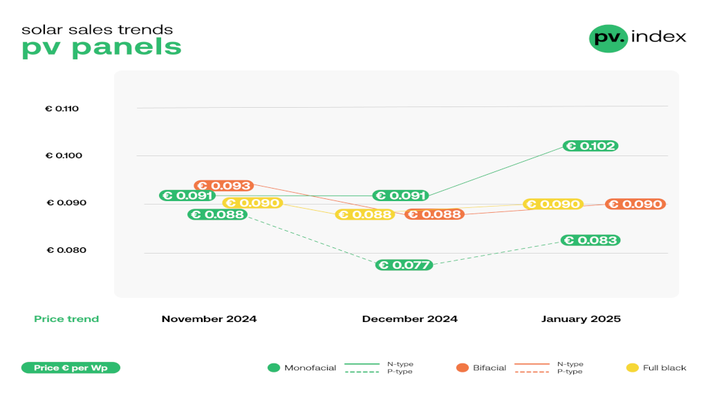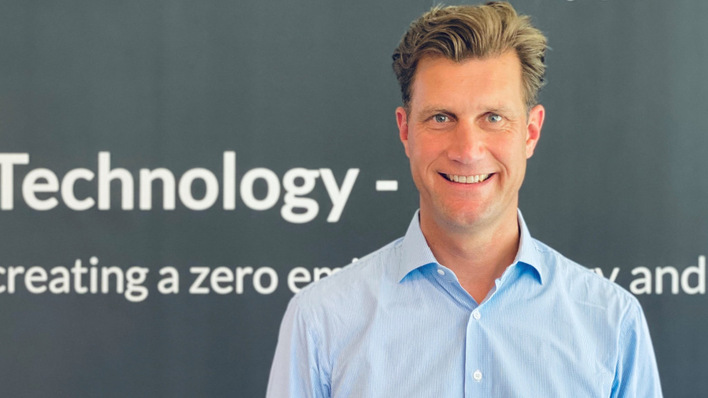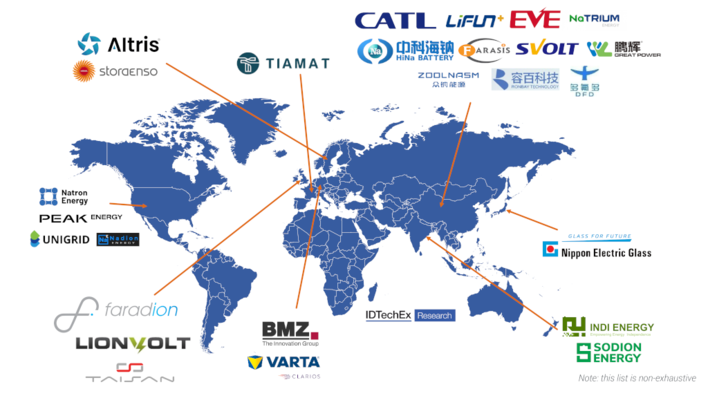The first heyday of concentrated solar power (CSP) was ten years ago. In spring 2010, promising pictures went around the world: The then Californian Governor Arnold Schwarzenegger and US Secretary of the Interior Ken Salazar visited the Next Era solar field at Harper Lake in California together. There, a massive solar power plant was built with mirrored parabolic troughs that focus solar energy onto oil-bearing tubes and use the heat of almost 400 degrees Celsius to drive steam turbines.
Stay up to date, sign up for our newsletter!
A recent roadmap from the US Department of Energy estimates that CSP will cost five cents per kilowatt hour by 2030. This makes it clear that photovoltaics and wind power are winning the race - if you only compare the cost price of clean electricity.
Six gigawatts installed so far
Within the last decade, about 700 gigawatts of photovoltaics have been built worldwide. The CSP power plants installed around the globe add up to six gigawatts. All of them were financed through state-guaranteed feed-in tariffs.
See also: Hybrid solar plant with CSP and PV
Purely economic business models like PPAs in photovoltaics have not worked in CSP so far because of the high costs and the long planning lead times. Hybrid applications are particularly interesting. The provision of process heat (solar cogeneration) opens up new possibilities.
Pressure on energy suppliers
Energy suppliers are coming under pressure because governments are increasingly imposing carbon dioxide reduction targets on them. In Europe, there is now a price on emissions that will rise in the coming years.
Also interesting: Berlin: Olympiastadion to generate solar power from its own roof
The high temperatures in CSP systems and the steam process provide considerable waste heat in solar thermal power plants to supply conurbations (hydraulic district heating networks). They also provide process heat for industry. (HS/mfo)







